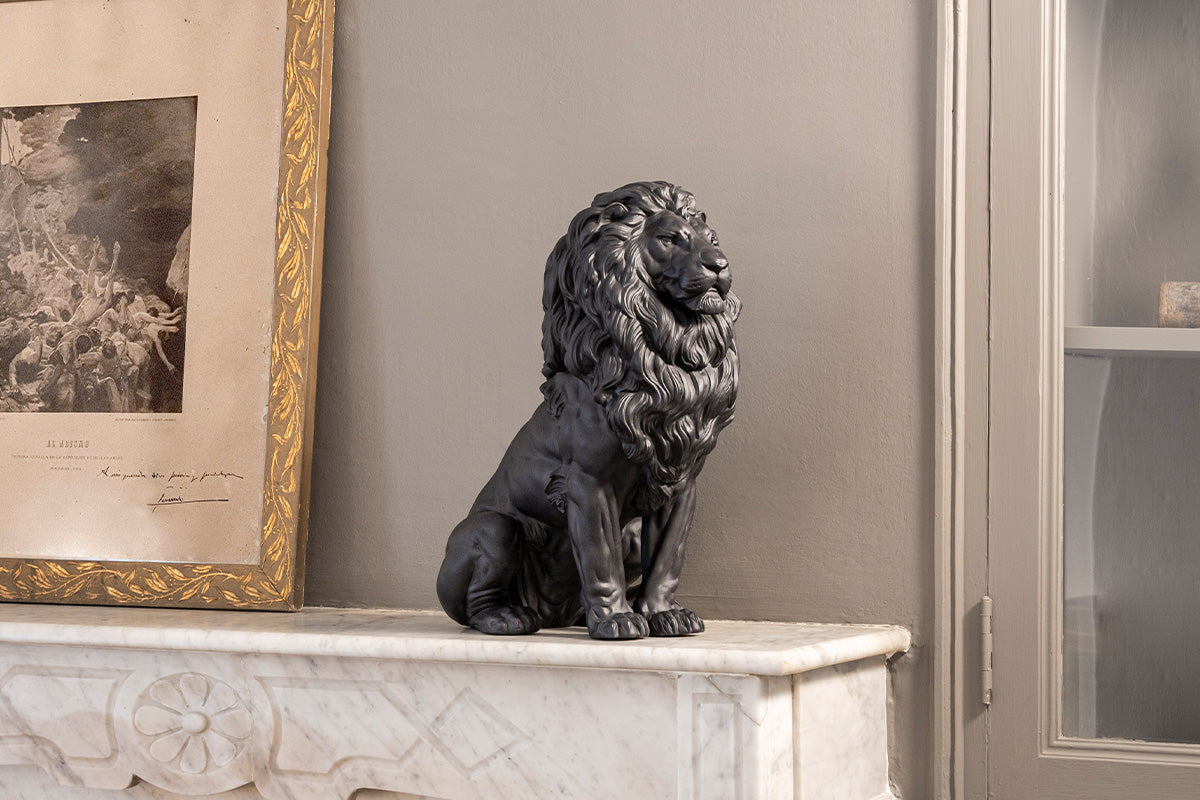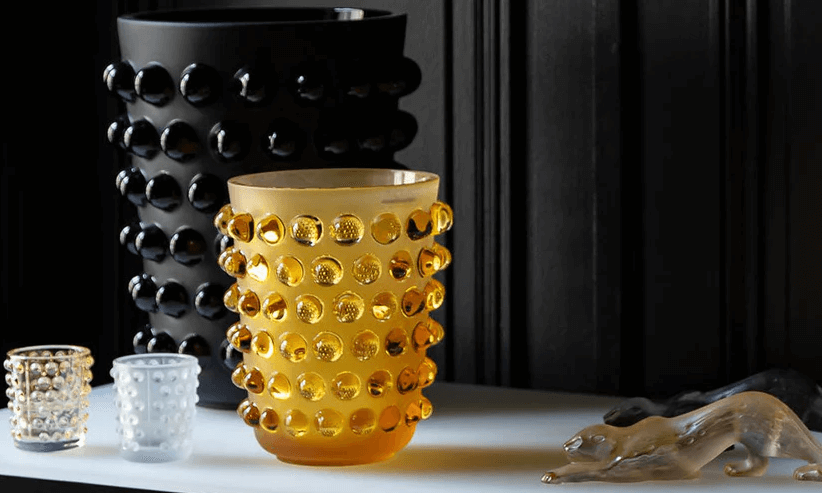La Bella Catrina: The Story Behind the Haunting Beauty
Share
The first few days of November, most Spanish-speaking countries - particularly in Mexico, transform to celebrate the dead. The Day of the Dead (Día de Muertos) is when family and friends pray and remember the people close to them who have died. Death is not a taboo matter in the Mexican culture, rather it is acknowledged as a natural part of the human life and this festival is one of celebration, to celebrate their loved ones, and their spiritual journey. The tradition is culturally significant and is inscribed in the Representative List of the Intangible Cultural Heritage of Humanity by UNESCO.


This limited edition Lladró Bella Catrina sculpture (left) is richly decorated with colourful motifs characteristic of Mexican tradition with three spectacular flowers. La Bella Catrina is a reminder that everybody is equal, that death does not discriminate based on beauty nor societal heirarchy.
One of the most recognised symbols of the festival is La Catrina, a skull, wearing flowers in her hair, ornately decorated, complete with an elaborate dress. La Catrina represents so much more than just the face of the Day of the Dead festival. La Catrina’s presence in the festival is a visual reminder of destiny, relationship with death and the societal divisions of class.

Jose Guadalupe Posada, La Calavera Catrina, 1910. Image credit: Courtesy Mexican Museum
But La Catrina was not always part of Día de Muertos, she was first created circa 1910 by Mexican illustrator Jose Guadalupe Posada. He was well known for his satirical illustrations and calaveras, depicting accurate snapshots of current events, political narratives and historical incidents.
He reduced every person to a skeleton, and by doing that, he homogenised society, giving the message that underneath it all, people are all the same. After all, it doesn’t matter what class or part of society you are a part of, death does not discriminate and it kills all. In a sketch he made around 1910, he drew a woman who has renounced her Mexican culture for European ways. This satire referenced leader Porfirio Diaz’s upper-society European leanings, and he was eventually toppled in the Mexican Revolution of 1911.

Diego Rivera, Sueño de una tarde dominical en la Alameda Central, 1947. Image credit: bridgemanimages.com
This image eventuated into a mural in Mexico City, painted by Diego Rivera in 1947. The mural - which translates to “Dream of a Sunday Afternoon in the Alameda Central” - is now a cultural treasure, and reminds us that more often than not, history is written by the victor and is usually not the complete story of what happens. The struggles and wins of Mexico and Mexican history is participated and experienced by all social classes, and the mural captures this in one go. Posada’s image of La Catrina (as above) is basically a headshot, but Diego Rivera portrayed a full-length figure, to put her in an elaborate dress, and to dub her “La Catrina“.

The grinning skull inevitably fell into the the role of poster child for Día de Muertos, and brought with her not just the celebration of loved ones who have passed away, but also layers of cultural heritage and metaphors of the turbulent Mexican history. The flowers in La Bella Catrina’s hair is used extensively in Día de Muertos, and is believed to guide the dead to the living world. The celebration is akin to a birthday celebration and vibrant colours are used to convey joy and life. At one glance, she’s unmistakably La Bella Catrina.
Where she come from isn’t that important. What is important, is that by keeping La Bella Catrina alive in tradition and various arts, we preserve and continue on centuries upon centuries of rich tradition and history.



